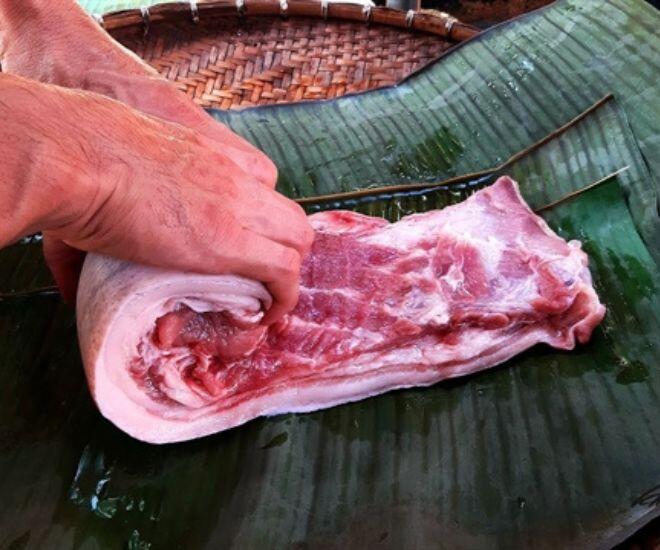
Gio Nay, also known as Gio Lay, Gio Cuon, or Gio Mo, is a culinary treasure deeply rooted in the gastronomic culture of Thai Binh, Vietnam. Unlike common varieties such as Gio Xao, Gio Bo, Cha Mo, or Cha Que, which are made from minced meat, Gio Nay stands out with its unique preparation method—using whole pork belly wrapped in layers. This distinct approach not only imparts a signature flavor but also elevates it to a symbol of local culinary pride.
The star ingredient of Gio Nay is pork belly, a cut that harmoniously combines lean meat, fat, and skin. This trio creates a delightful texture—crispy, tender, and richly savory without being overly greasy. After cleaning, the meat is meticulously marinated with pepper, salt, MSG, and finely minced garlic and shallots. Some families add wood ear mushrooms for an extra crunch. The marination process, lasting 30 to 45 minutes, ensures the flavors penetrate every fiber of the meat.
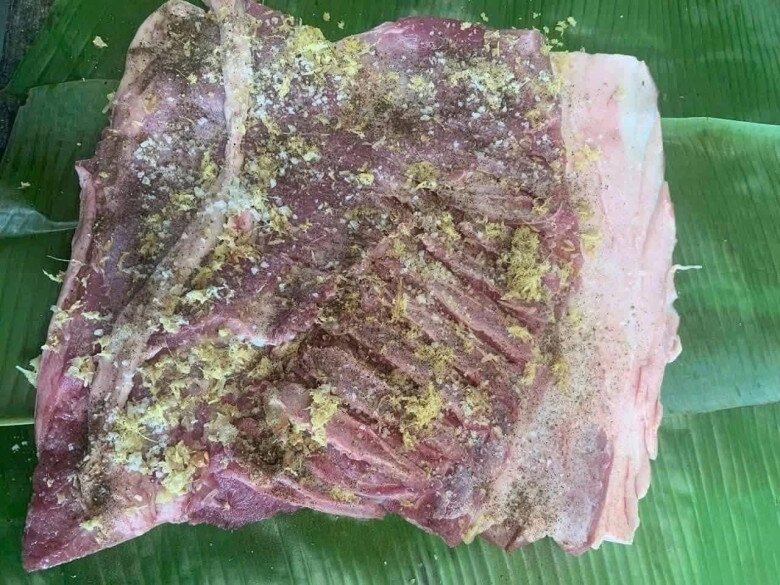
Once marinated, the meat is wrapped in banana leaves, tightly rolled, and secured with twine. This step demands precision; a loose wrap results in a crumbly texture, diminishing both aesthetics and taste. Skilled wrappers ensure the lean meat is evenly distributed, enveloped by the skin, forming a cohesive block.
The wrapped Gio Nay is then boiled in a large pot for 4 to 5 hours. The heat must be carefully regulated—too high, and the meat becomes mushy; too low, and it remains undercooked. A steady medium flame ensures the meat cooks thoroughly, releasing an enticing aroma while retaining its crispness and sweetness. After boiling, the roll is cooled and pressed, similar to compacting sticky rice cakes, allowing the ingredients to meld together. The final product boasts a natural green hue from the banana leaves and a fragrant scent.
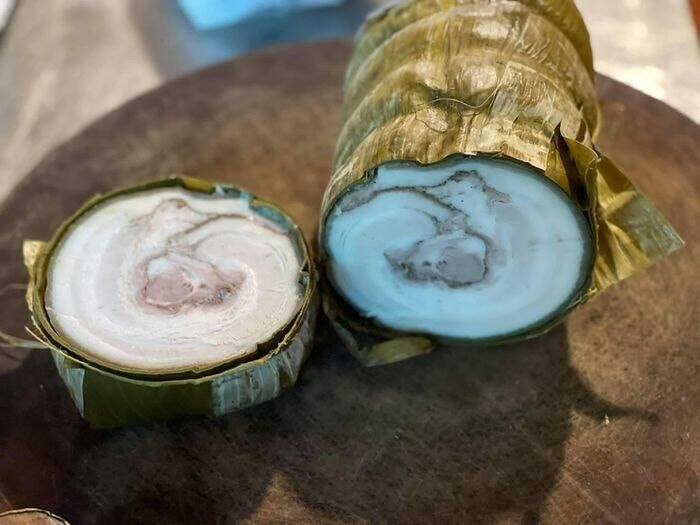
Gio Nay can be shaped into rounds or squares. It’s typically sliced into rectangles and paired with pickled onions or radishes to balance its richness. This combination transforms what could be a heavy dish into a refreshing, palate-pleasing experience, appealing to both adults and children.
In Thai Binh, Gio Nay graces festive occasions like Tet, anniversaries, and weddings, embodying the host’s hospitality. Many families gift it to loved ones during Lunar New Year. Despite its intimidating appearance, one bite reveals a melt-in-your-mouth texture and a refreshing taste. The robust flavor of pork belly, spiced with pepper and infused with the subtle aroma of banana leaves, creates an unforgettable culinary experience.
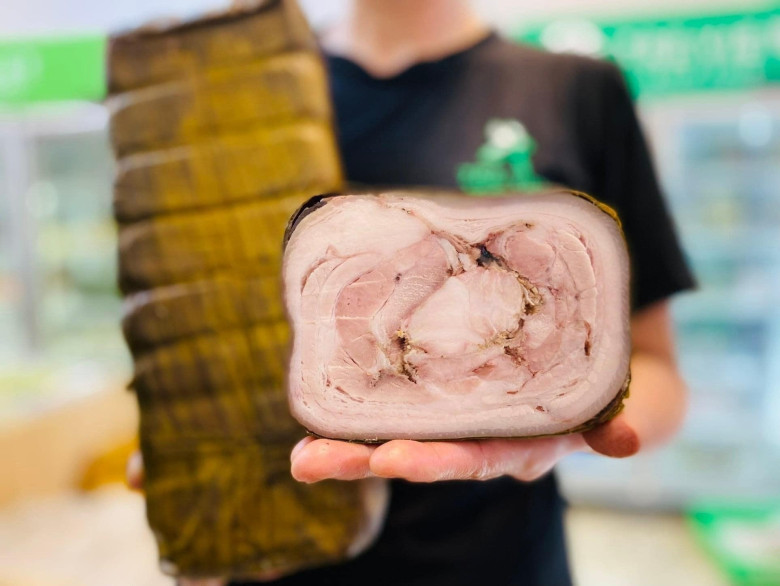
Gio Nay’s popularity has spread beyond Thai Binh, with vacuum-sealed packages preserving its quality for up to 10 days in refrigeration. Customers often pre-order 1 to 2 months in advance, purchasing 15 to 20 kilograms for personal use and gifting. Priced between 300,000 and 400,000 VND per kilogram, it remains in high demand, especially during Tet when prices surge due to increased demand and fluctuating material costs.
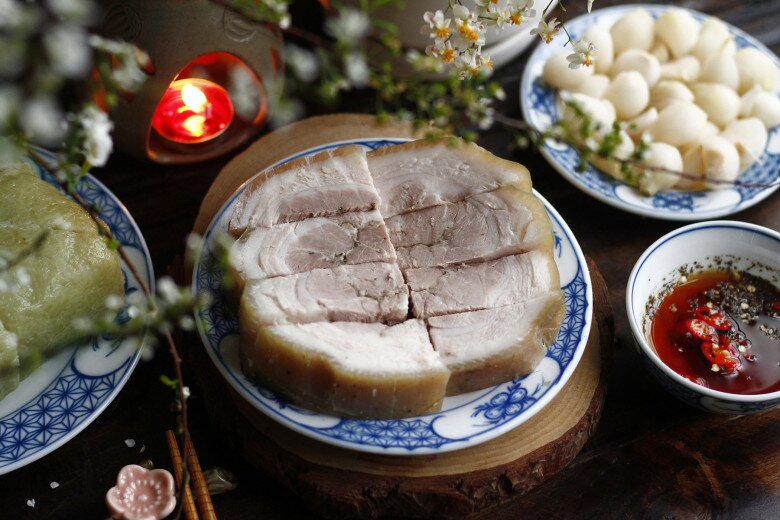
Gio Nay transcends its role as a dish, embodying Thai Binh’s culinary ingenuity. Within Vietnam’s diverse gastronomic landscape, it highlights the creativity and refinement of the rice-growing region’s cuisine. From humble pork belly, a masterpiece is born, unmatched by any other sausage variety.
Today, as culinary tourism flourishes, Gio Nay has become Thai Binh’s culinary ambassador. Visitors not only explore its scenic beauty and cultural heritage but also eagerly savor this renowned specialty. Blending tradition with modernity, Gio Nay has transcended local boundaries, becoming a must-try for anyone visiting Thai Binh.
Thus, Gio Nay is more than a palate cleanser; it’s a testament to Vietnamese culinary diversity. Its refreshing flavor, unique texture, cultural significance, and visual appeal have cemented its place in the hearts of food enthusiasts, proudly representing Thai Binh’s culinary heritage.































